There are multiple reasons why you should start to incorporate Olympic weightlifting into you regular programme, whether its to improve that explosive power output, increase your muscle density or to enhance your overall strength.
Olympic Lifting (OL) is a key part of any profession athlete’s training programme as it’s known to increase muscle mass without having a negative effect on the athletes speed or performance. It is also proven to help build bone density. Those who train with OL have also been known top demonstrate enhanced body awareness, mobility and a higher standard of technique in other exercises such as squats and deadlifts.
Increased maximal strength and power output is also associated with OL as it increases the force and power production at a much higher rate than traditional weightlifting. Finally the cardiovascular response to OL is much greater than traditional weightlifting, meaning that consistent training will result in more efficient workouts.
Rather than replacing your current programme with a strict OL only workout, be sure to incorporate a couple of Olympic lifting workouts into your normal programme.
Olympic weight lifting can be broken down into 3 separate movement, the snatch, the clean and the jerk. In this write up I’ll talk you through the key components for each of these lifts.
Clean and Jerk
Step 1: Set Up
Set up with your feet set at hip width and slightly turned out and shoelaces under the bar. Your shoulder should be over the bar and hips lower than your shoulders but higher than your knees.
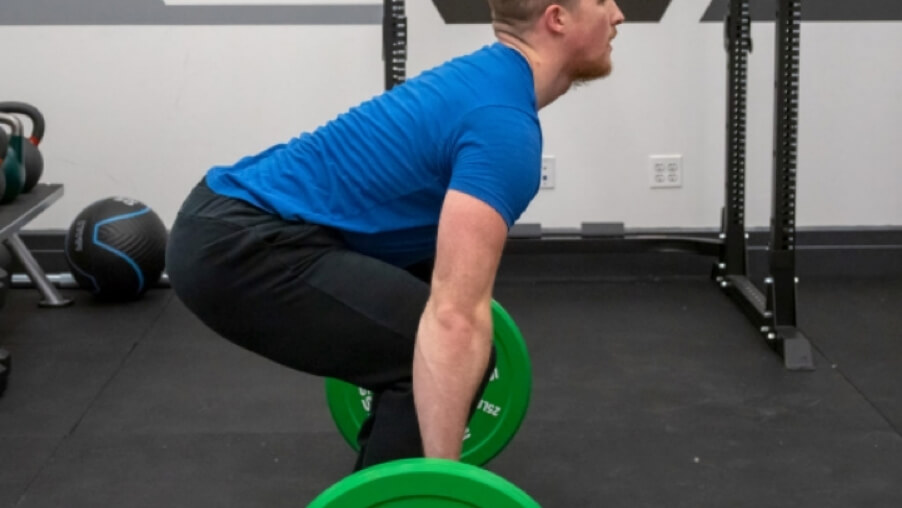
Step 2: First Pull
The first pull is when the barbell is lifted from the floor, this ends when the barbell comes to your knees, at which point the second pull begins. The initial pull is basically a deadlift. Be sure to keep your spine natural and your core engaged.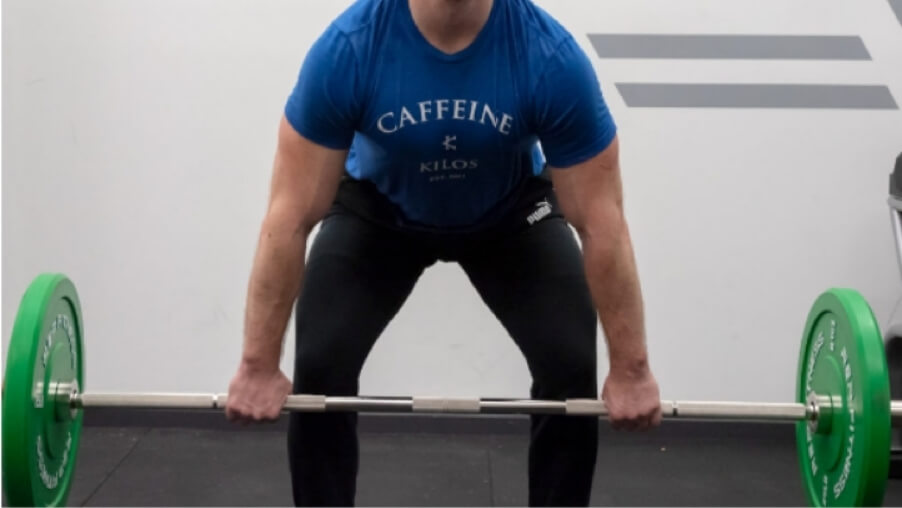
Step 3: Second Pull and Turn the Bar Over
Once the barbell passes the knees, you need to drive your hips out and up while pulling the barbell up towards your upper body. Be sure to stay balanced with your shoulders over the bar.
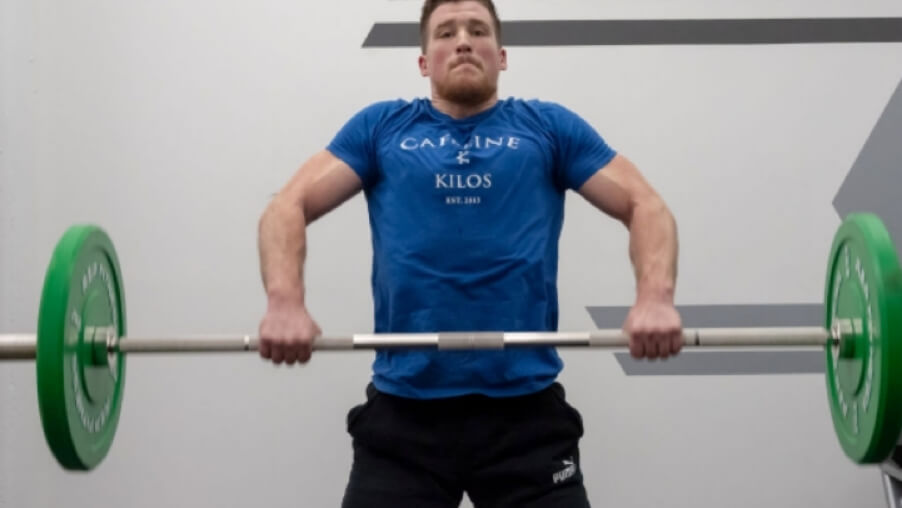
Step 4: Catch the Barbell
As the barbell rises, forcefully rotate your elbows underneath the bar, you will need to quickly squat down and catch the bar across your shoulders in a front squat. Your elbows should be pointing forward.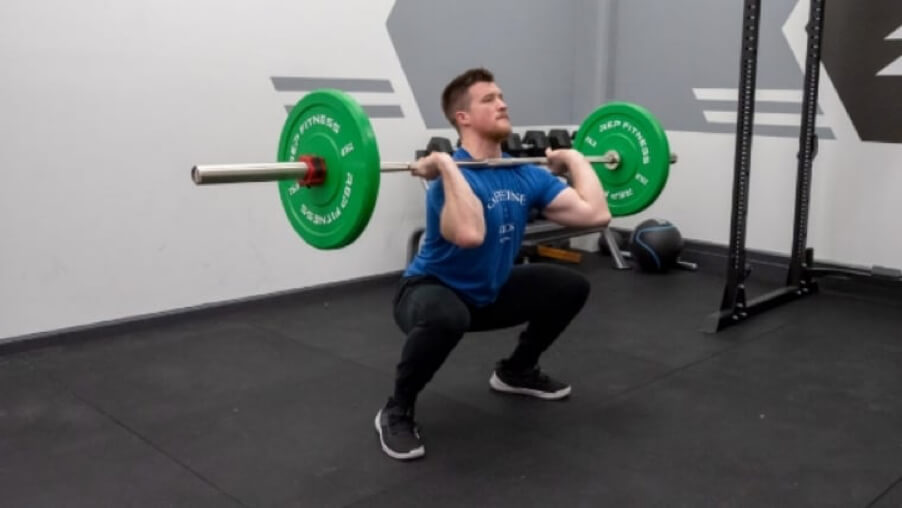
Step 5: Dip Down
From the front squat position, dip your knees a few inches down. This creates a slight countermovement which will help drive the weight overhead for the next step.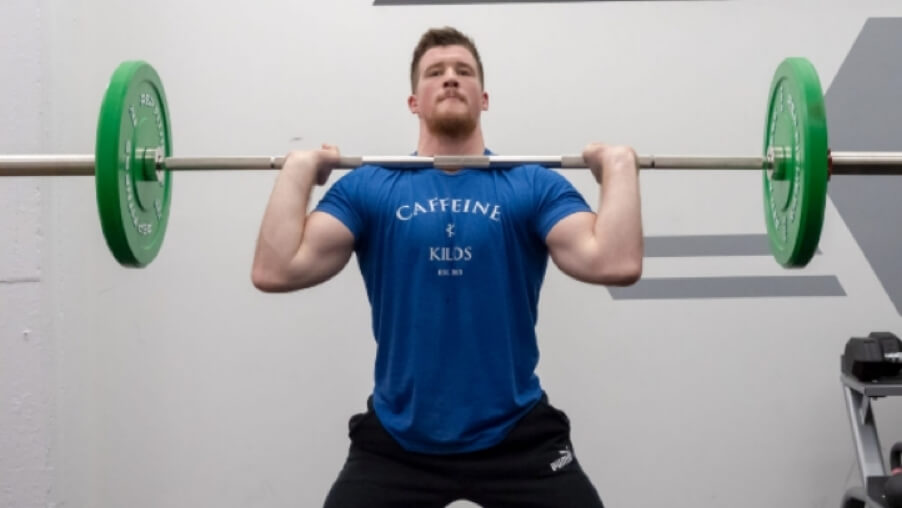
Step 6: Jerk the Bar Overhead
This is very similar to a push press. From your dip down, drive upwards pushing the barbell overhead. Drop into a half squat position as the bar goes overhead.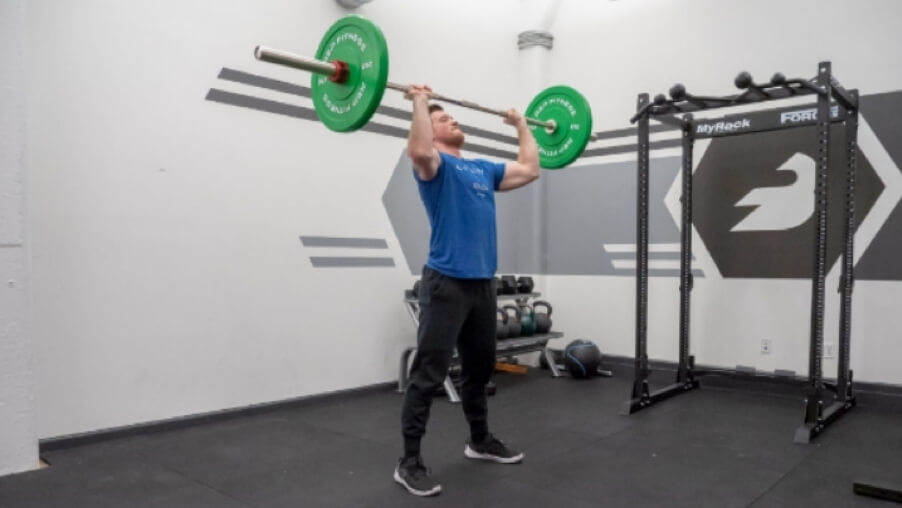
Step 7: Receive and Recover
Lock out your arms and pause at the bottom of the jerk to stabilize the weight. Hold the position until you are ready, once the weight feels balanced, stand upright.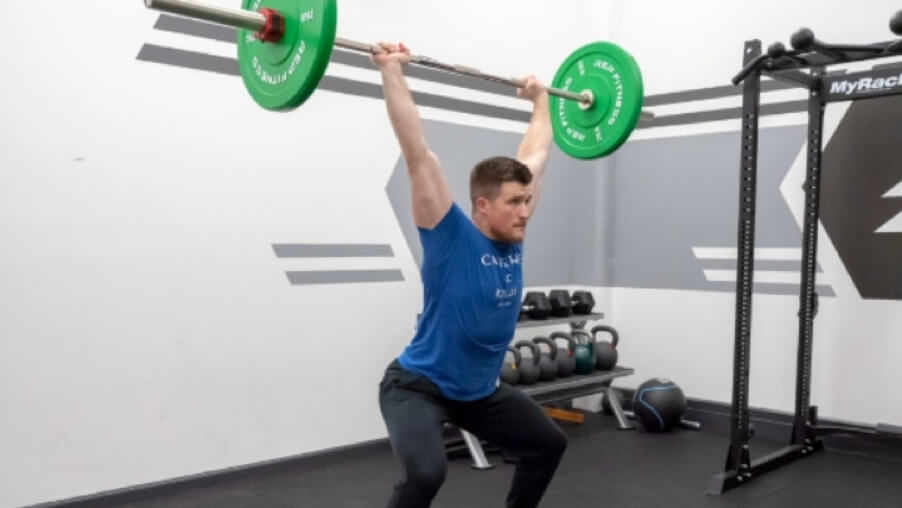
Snatch
Step 1: Set up
Grab the barbell with a wide grip and aim for your shoelaces to be under the bar. Your hips should be about the same level as your knees, and your knees should be leaning forward over the bar. Ensure your back is in a natural position.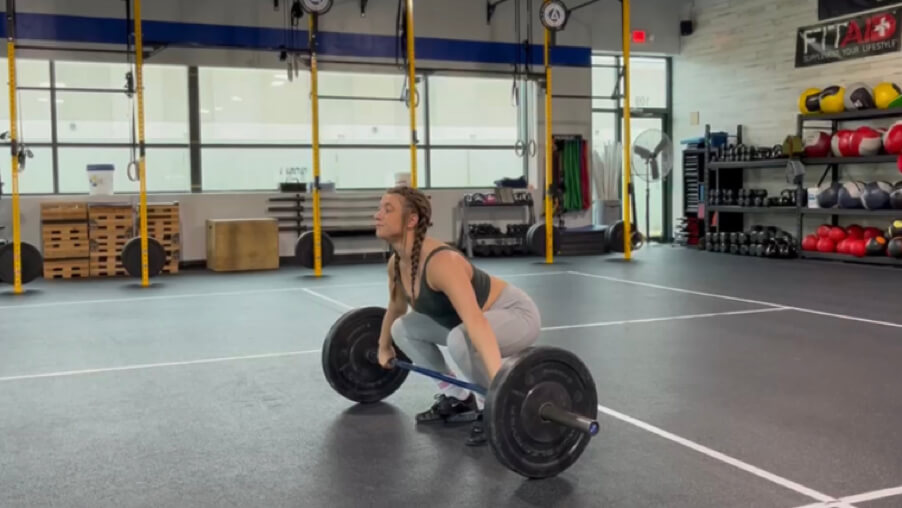
Step 2: Push From your Legs
Lift the bar off the floor by push upwards through your legs (similarly to a leg press). Your knees will extend out of the way of the bar as its lifted. You should glide the barbell along your thighs but be careful not to drag against them.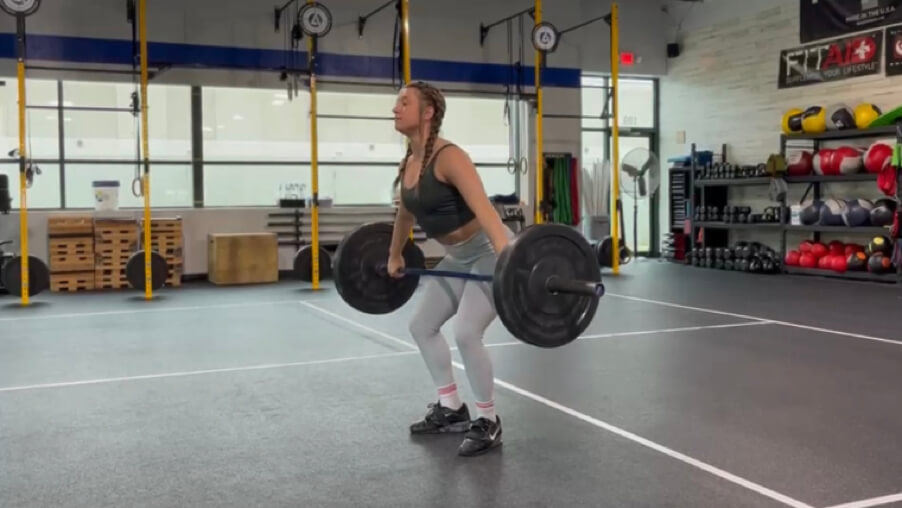
Step 3: Explode Up
Keep press against the floor through your legs as you raise the bar to your hips. As you arrive to a standing position, forcefully extend your lower body, pushing the bar up and out from just below your hips. Your heels should feel like they are lifting off the floor as if you are jumping. Relax your arms and allow the barbell to travel upwards.
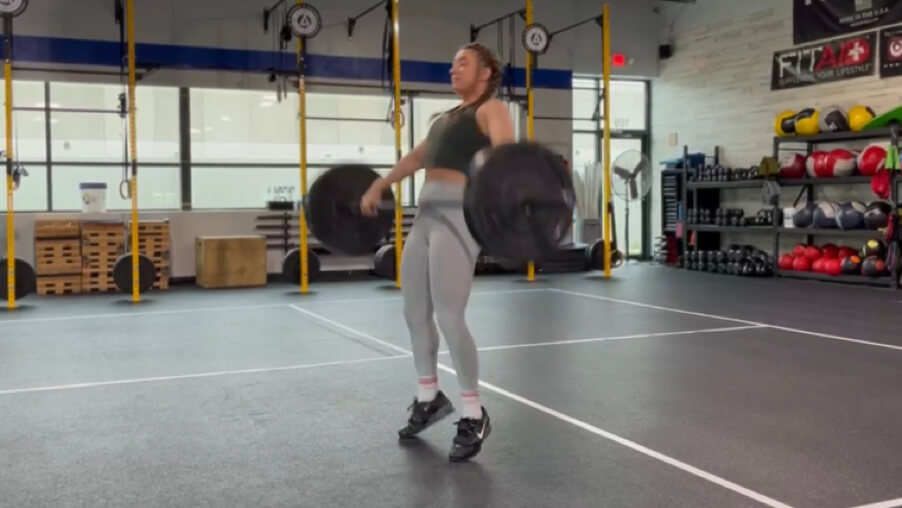
Step 4: Drop and Catch
Once you have fully extended your lower body, quickly drop down into an overhead squat. Through the power of this movement, let your feet leave the ground and then replant them in a wider position. Make sure to lock your arms in a strong overhead position.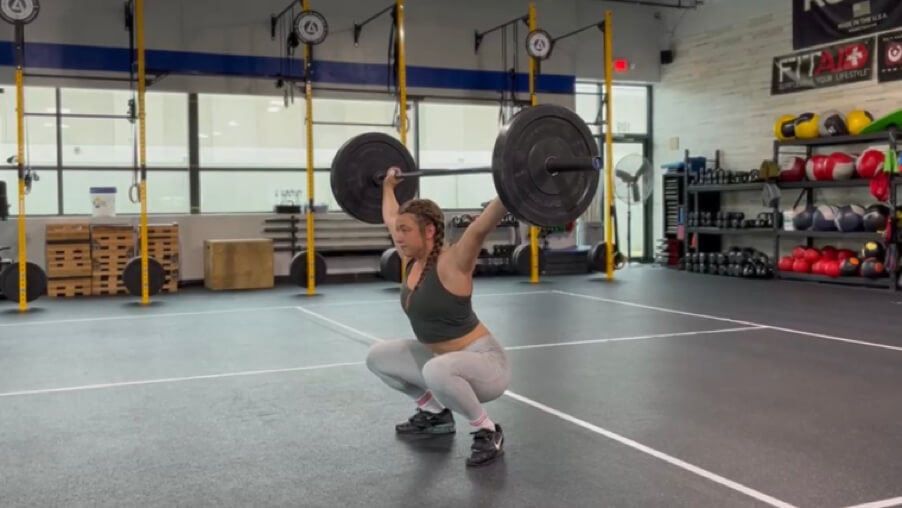
Step 5: Reach and Stand
Remain at the bottom of your overhead squat for as long as you need to stabilize. Once you feel secure, push through your heels to a standing position.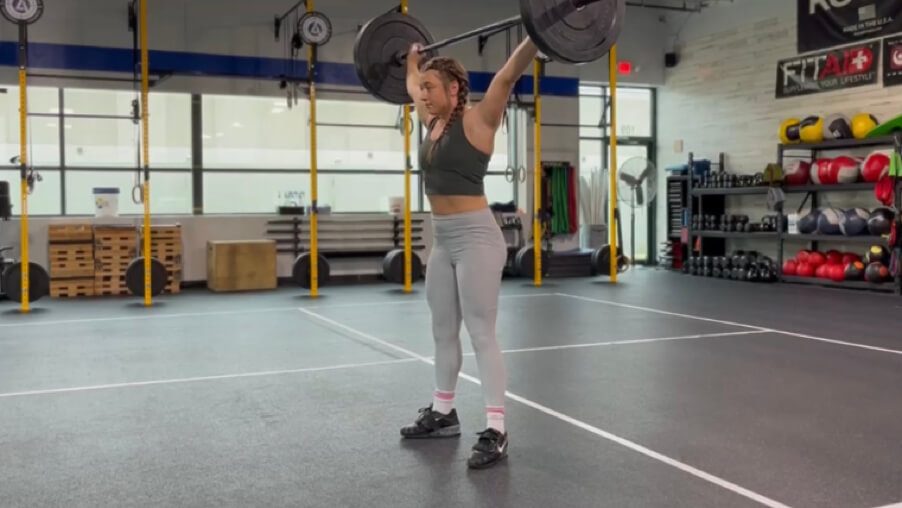
Sets and Reps
Learning: 8-10 sets of 2-4 reps (unloaded bar)
Power development 3-6 sets of 2-3 reps with loaded bar
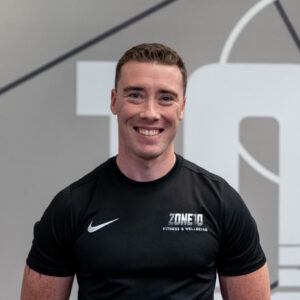
Mick Bagnall
Zone 10 - Gym Manager
